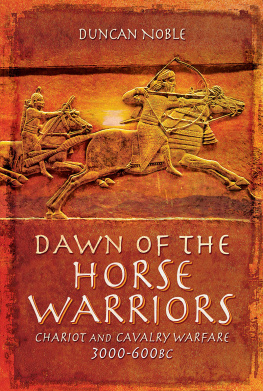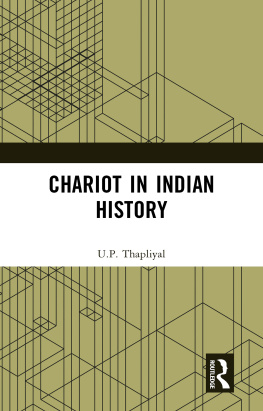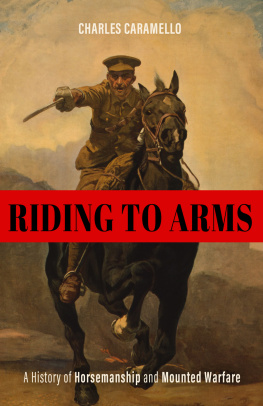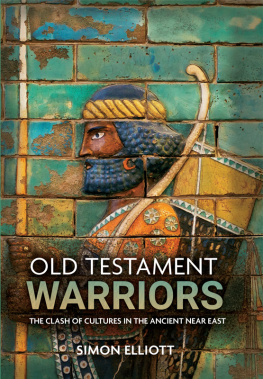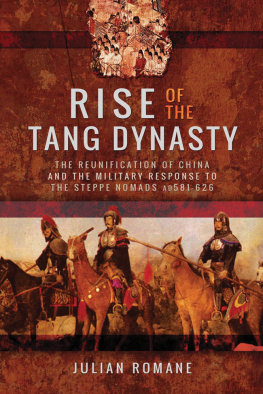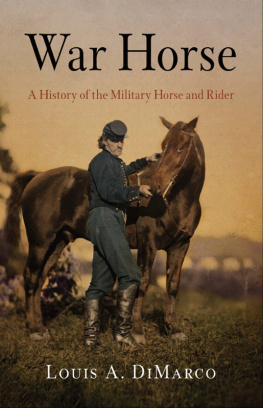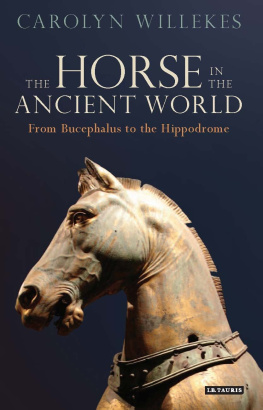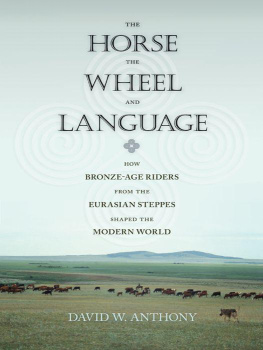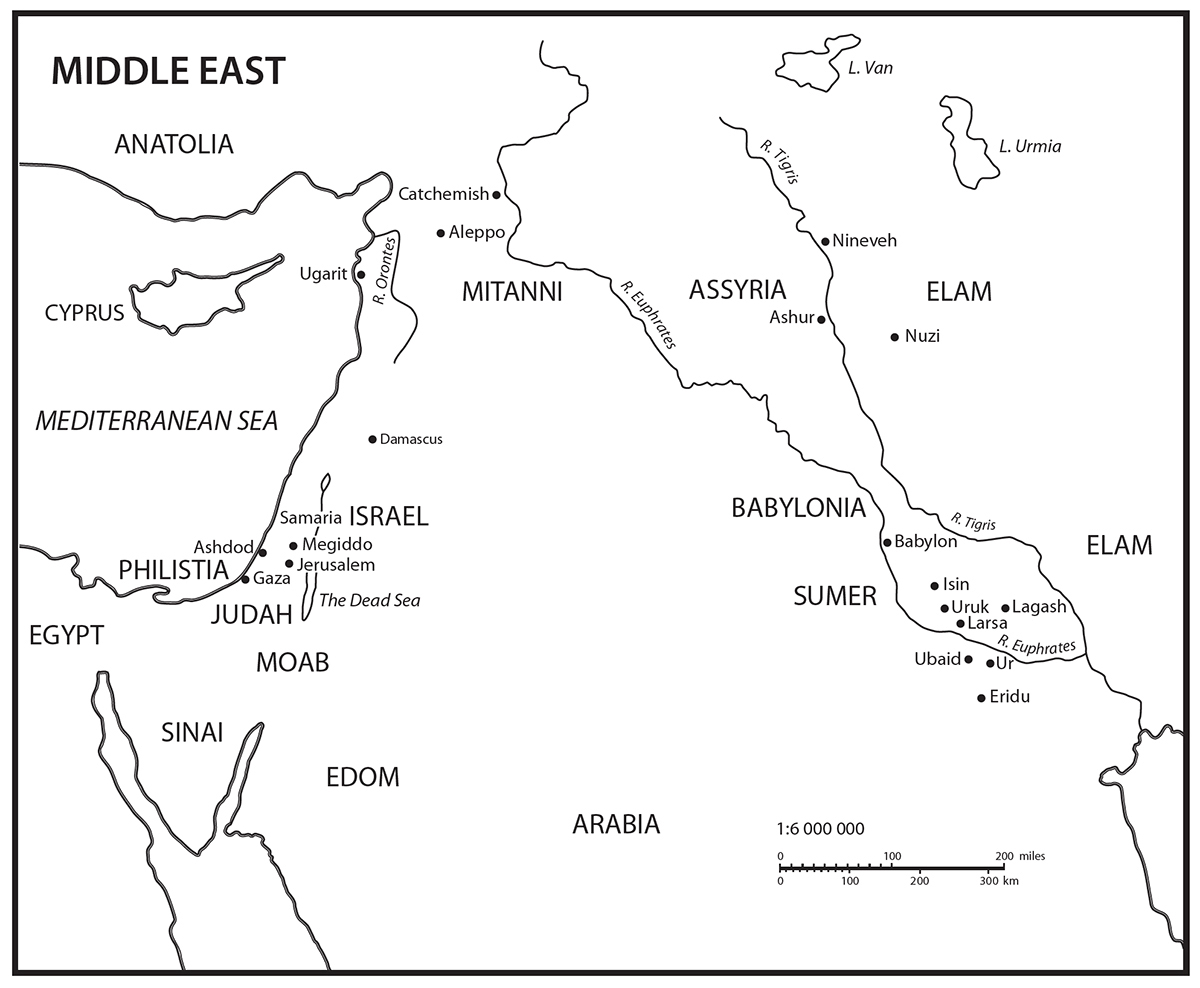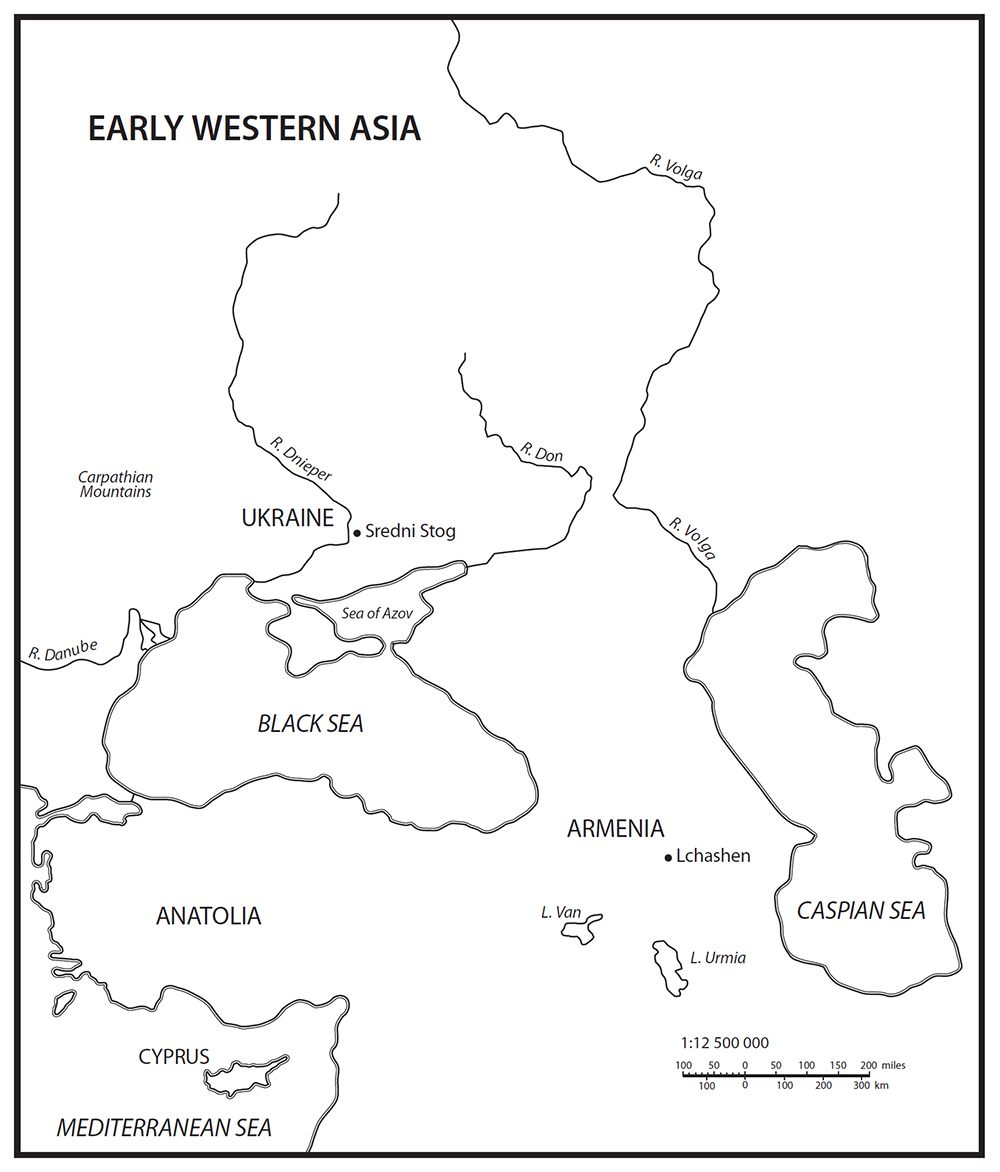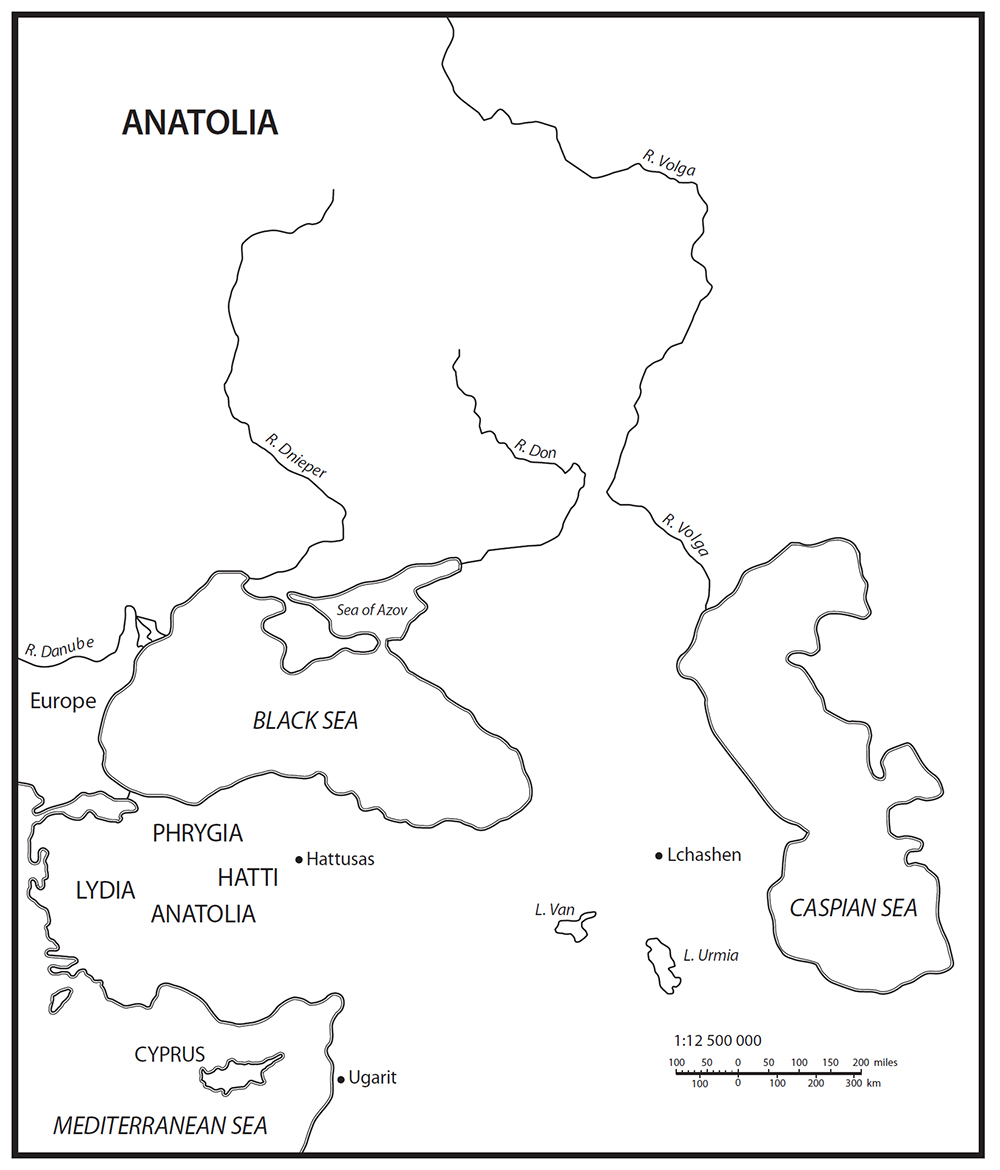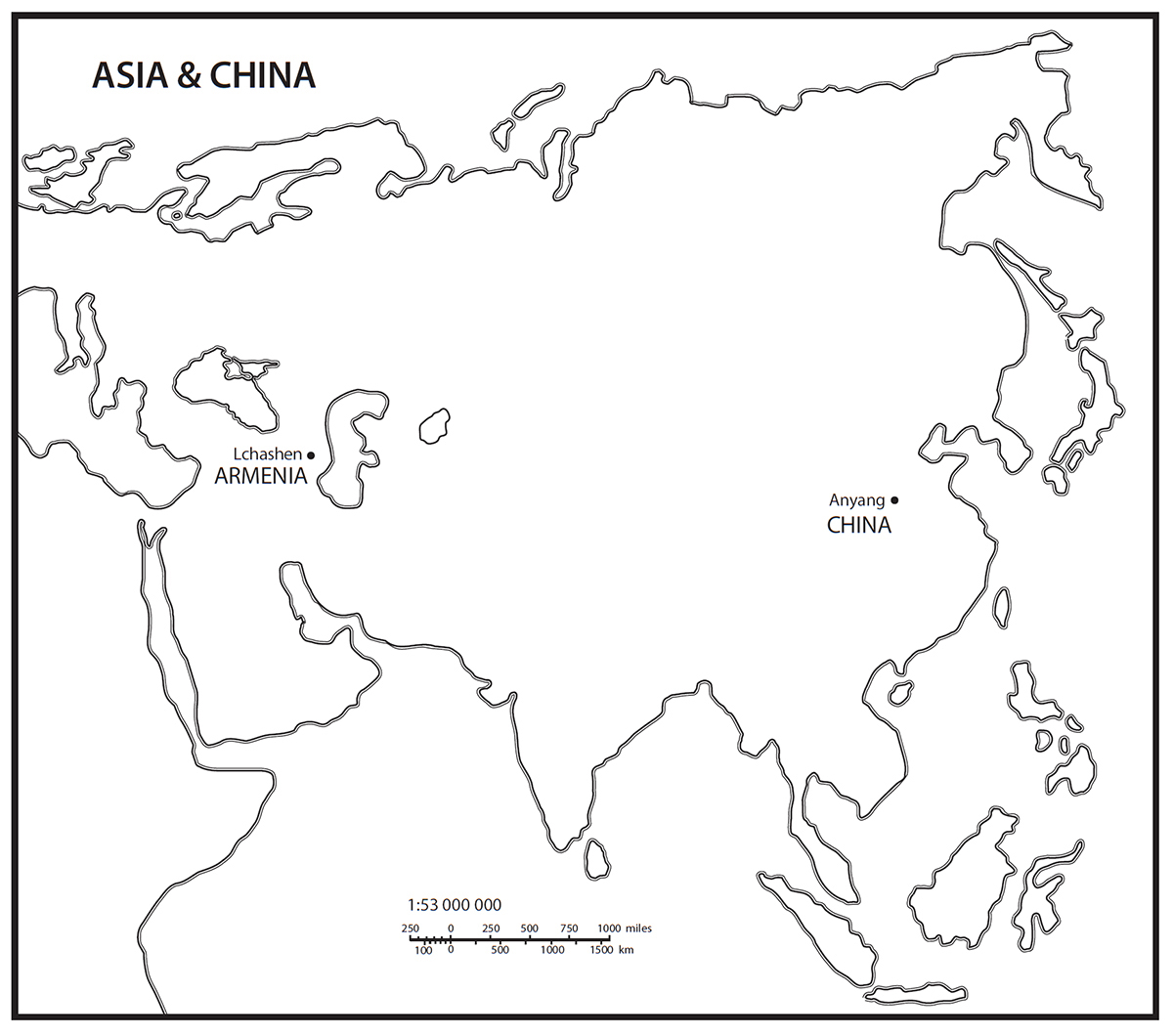Pagebreaks of the print version

Dawn of the Horse Warriors
IN MEMORIAM
Professor Seton Lloyd (19021996)
My teacher, who gave me a chance when
I needed someone who believed in me
Dawn of the Horse Warriors
Chariot and Cavalry Warfare, 3000600 BC
Duncan Noble
First published in Great Britain in 2015 by
Pen & Sword Military
an imprint of
Pen & Sword Books Ltd
47 Church Street
Barnsley
South Yorkshire
S70 2AS
Copyright Duncan Noble 2015
ISBN 978 1 78346 275 9
eISBN 978 1 47387 203 5
Mobi ISBN 978 1 47387 202 8
The right of Duncan Noble to be identified as the Author of this Work has been asserted by him in accordance with the Copyright, Designs and Patents Act 1988.
A CIP catalogue record for this book is available from the British Library
All rights reserved. No part of this book may be reproduced or transmitted in any form or by any means, electronic or mechanical including photocopying, recording or by any information storage and retrieval system, without permission from the Publisher in writing.
Pen & Sword Books Ltd incorporates the imprints of Pen & Sword Archaeology, Atlas, Aviation, Battleground, Discovery, Family History, History, Maritime, Military, Naval, Politics, Railways, Select, Transport, True Crime, and Fiction, Frontline Books, Leo Cooper, Praetorian Press, Seaforth Publishing and Wharncliffe.
For a complete list of Pen & Sword titles please contact
PEN & SWORD BOOKS LIMITED
47 Church Street, Barnsley, South Yorkshire, S70 2AS, England
E-mail:
Website: www.pen-and-sword.co.uk
List of Illustrations
Illustration of Sumerian pictogram of sledges and sledges with wheels or rollers from Uruk level IV a. ( Authors drawing )
The chariot on the golden bowl from Ugarit. ( Authors drawing )
The Standard of Ur. The War Panel showing the battle wagons charging. ( Trustees of the British Museum )
Close-up view of two battle wagons on the Standard of Ur. ( Trustees of the British Museum )
The Wheels of War project. The author driving a battle wagon at speed with four donkeys pulling it. ( The Estate of the late A. Cernock )
The Wheels of War project. The battle wagon going at speed into a turn to the right. ( The Estate of the late A. Cernock )
A cuneiform tablet of the Birth Legend of King Sargon II of Assyria. ( Trustees of the British Museum )
Modern gilt replica of a chariot from the tomb of the Pharaoh, Tutankhamun. ( Fotolia )
Rameses III charging in his chariot. ( Fotolia )
Early Assyrian chariot from a seal impression of the reign of Ninurta-Tukulti-Ashur (c. 113332 BC ) of Assyria. ( Authors drawing after Madhloom )
Assyrian chariot of Ashurnairpal II. Ashurnairpal hunts lions from his chariot. Throne Room of Nimrud North-West Palace. ( Trustees of the British Museum )
Tiglath-pileser III of Assyria in a procession in his chariot. ( Trustees of the British Museum )
Assyrian cavalrymen using lances in battle. ( Trustees of the British Museum )
The Assyrian King Ashurbanipal is shown shooting an arrow from horseback during a hunt. ( Trustees of the British Museum )
Relief from Carchemish showing a Neo-Hittite chariot. ( Courtesy of the Museum of Anatolian Civilizations, Ankara )
Battle of Til-Tuba (The Ulai River). ( Trustees of the British Museum )
Assyrian riding horses harnessed up for King Ashurnasirpal to go hunting. ( Trustees of the British Museum )
Assyrian horse archers in battle. ( Trustees of the British Museum )
Acknowledgements
A book like this is the result of the contributions of many people. To them, many of whom are alas no longer with us, whether mentioned by name or not, goes my deep gratitude.
They include, among my academic teachers and colleagues, Professor Seton Lloyd, Professor D. J. Wiseman, Professor Stuart Piggott, and Mary Aitken Littauer, For great support during my efforts to investigate the Sumerian battle wagon there was, at the BBC, the late Paul Johnstone. And for his trust in me as a writer, Philip Sidnell of Pen and Sword. Thanks are due to Alan Duncan who drew the maps and to the staff of the British Museum and the Louvre who provided me with photographs of objects from their collections as illustrations
For looking after my horses and introducing me to the complexities of dressage and equine schooling, Sue Wheeler-Adams of the Ox House Riding School and Becky Miles of the Bryngwyn Riding Centre.
A debt of gratitude goes to my partner, Vicky Bernays, for her sterling work and Herculean efforts in editing and proofreading my text on a subject that was new to her.
In gratitude for the companionship and pleasure I have received from our association I must mention at least the most memorable ones of the hundred or so horses I have known and ridden or driven. In approximate chronological order they are Polly, the Clydesdale draught horse who at an early age awakened my passion for horses, Thruster and Charlie on whose backs I learned to ride, Chimo and Lady and latterly Venture West, Percy, and Otto who spent hours walking in circles when they would much rather have been standing in a field and eating grass.
Finally, gratitude must be expressed to four donkeys who had my life in their hands, or hooves, Dougal, Cinnamon, Alfie and Bruno, who endured a noisy battle wagon rumbling at their heels.
Introduction
F or a thousand years of the Western Asiatic Bronze Age from around 1400 BC to 400 BC the horse-drawn chariot was the supreme prestigious fighting vehicle. It was only from about the 700s of the 1st millennium BC that starting with the Assyrians it began to be replaced by cavalry.
Its employment spread in the Bronze Age in the 2nd millennium BC beyond Western Asia westwards to Mycenaean Greece and eastwards to China. At that time every country in Western Asia that aspired to the status of a major power had chariots, in some cases thousands of them.
This is the story of how chariots dominated the military inventories of states between Greece and China for a millennium. Then, when the technology of riding horses had improved, chariots gave way to cavalry; men fighting while sitting on the backs of horses instead of standing or crouching on wheeled vehicles being pulled by the animals.
This book tells the tale of that phase in human technological development, when the early wars of expansion in Western Asia went from being slow slogging matches between infantry to become wars of movement, speeding battle up from five to twenty miles an hour.
This is a study of the history of the invention and adoption of new methods of undertaking fast mobile warfare, first with the battle wagon, then the chariot, and finally cavalry, by the major military powers, principally in the Middle East, in the land that lay between Greece and China. Chariots were the new fast fighting vehicles. They began to appear in the period between the rise of the Sumerian city states around 3000 BC and the fall of the Assyrian Empire in 612 BC .

